The International Day of Planetaria is held annually in March, on the Sunday before or after the spring equinox. This year it is held on March 15. The International Day of Planetaria has been celebrated in different countries since 1995.
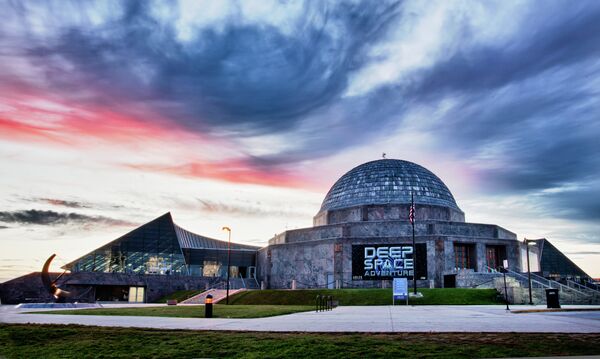
The International Day of Planetaria was celebrated for the first time in 1990 in Italy.
Above: Sunrise over the Adler Planetarium, Chicago, Illinois.
Above: Sunrise over the Adler Planetarium, Chicago, Illinois.
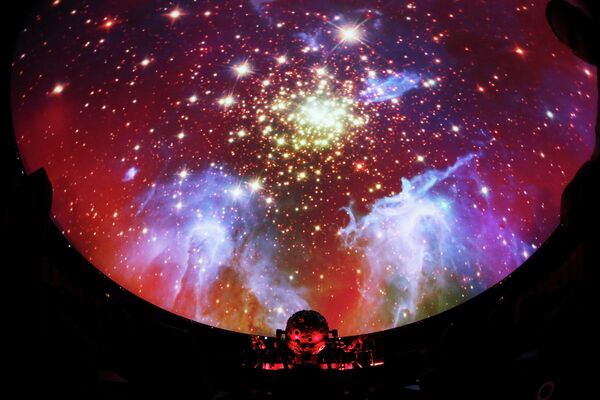
During this day planetariums organize shows, lessons, exhibitions, projections and public sky viewings.
Above: A projector shows a picture of a galaxy in the Hamburg planetarium in northern Germany on August 26, 2013. The planetarium will premieres a new show titled "Nightflight Through The Galaxy" on August 27, 2013.
Above: A projector shows a picture of a galaxy in the Hamburg planetarium in northern Germany on August 26, 2013. The planetarium will premieres a new show titled "Nightflight Through The Galaxy" on August 27, 2013.
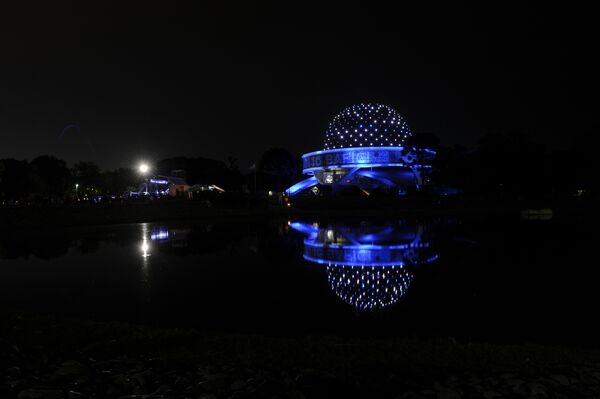
The Galileo Galilei planetarium is located in the Palermo district of Buenos Aires, Argentina. The building has five floors, six staircases and a 20 meter projection room with 360 seats. Its museum contains a piece of lunar soil, brought to Earth by the Apollo XI mission and gifted to the planetarium by Richard Nixon.
Above: Buenos Aires' Galileo Galilei Planetarium with the lights on before the annual Earth Hour event on March 29, 2014.
Above: Buenos Aires' Galileo Galilei Planetarium with the lights on before the annual Earth Hour event on March 29, 2014.
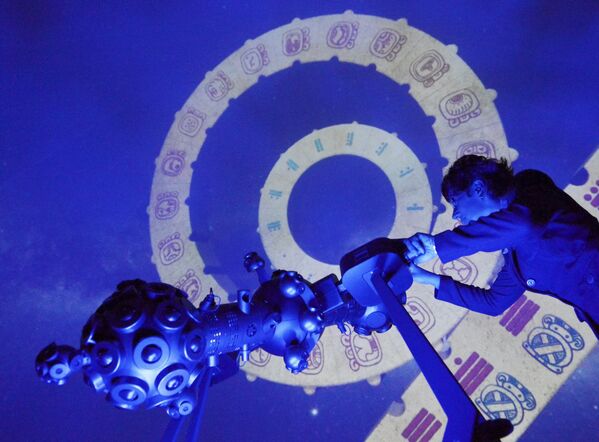
4/11
© AP Photo / Jens Meyer
In some planetariums the entrance is free on International Day of Planetaria.
Above: Assistant Claudia Schmidt prepares the projector in front of a scene with the ritual Maja Calendar during a press preview of the new show program "Mayan Prophecies" in the Miniwelt planetarium (Miniworld) in Lichtenstein, eastern Germany.
Above: Assistant Claudia Schmidt prepares the projector in front of a scene with the ritual Maja Calendar during a press preview of the new show program "Mayan Prophecies" in the Miniwelt planetarium (Miniworld) in Lichtenstein, eastern Germany.

The Sir Thomas Brisbane Planetarium in Australia was opened on May 24, 1978. The building features a 12.5 meters Cosmic Skydrome. The planetarium runs more than 1,300 regular shows per year in the Skydrome.
Above: The Sir Thomas Brisbane Planetarium in Australia.
Above: The Sir Thomas Brisbane Planetarium in Australia.
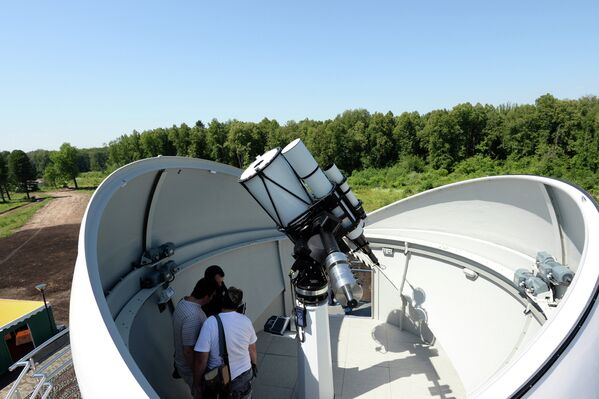
The V. P. Engelgardt Astronomical Observatory is located 20 kilometers west of Kazan, Russia. It was officially opened in 1901 and operates as part of the Kazan Federal University. In June 2013, a planetarium was opened at the observatory.
Above: Employees of the Engelgardt Observatory and the Megatortor telescope, Zelenodolsky District, Republic of Tatarstan. The telescope consists of nine small 10-cm telescopes each pointed at different parts of the sky.
Above: Employees of the Engelgardt Observatory and the Megatortor telescope, Zelenodolsky District, Republic of Tatarstan. The telescope consists of nine small 10-cm telescopes each pointed at different parts of the sky.
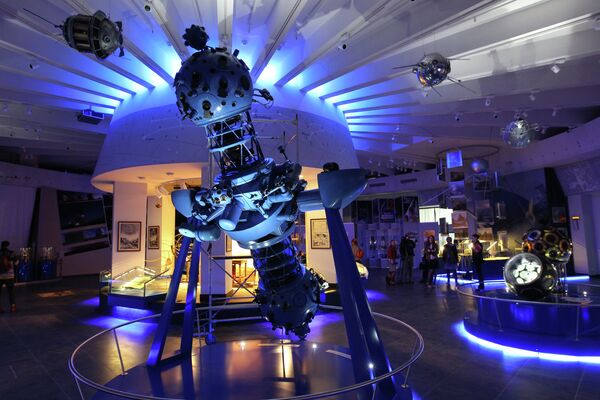
The Moscow Planetarium is one the world’s largest planetariums. It is also the oldest planetarium in Russia. It was established in 1929.
Above: The Moscow Planetarium.
Above: The Moscow Planetarium.
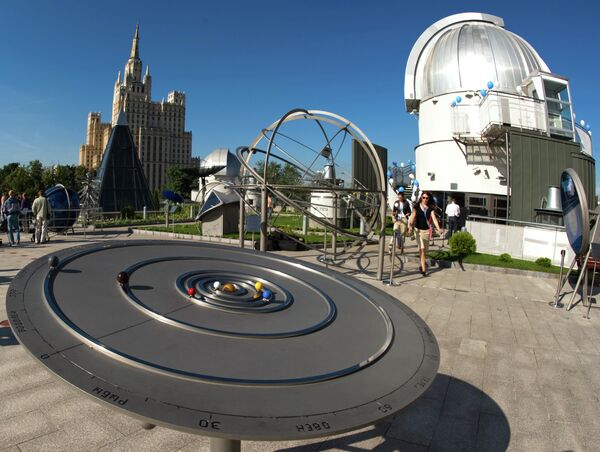
The building of the Moscow Planetarium consists of several levels. They include the small star hall, a 4D cinema hall and museums. It also has two observatories and a collection of meteors and observatory equipment.
Above: Astronomic apparatus at the Moscow Planetarium's Sky Park.
Above: Astronomic apparatus at the Moscow Planetarium's Sky Park.
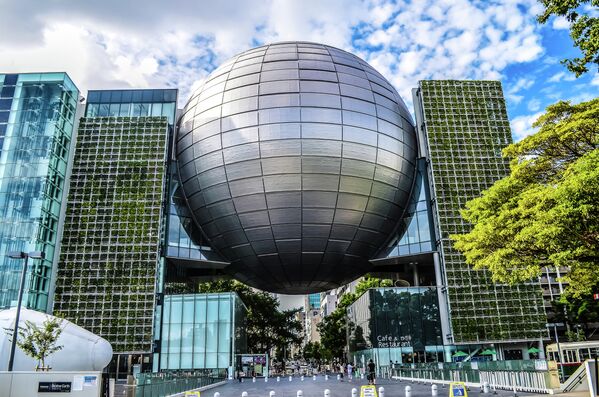
The Nagoya City Science Museum houses the largest planetarium in the world with an inner diameter of 35 meters.
Above: The Planetarium in Nagoya, Japan.
Above: The Planetarium in Nagoya, Japan.
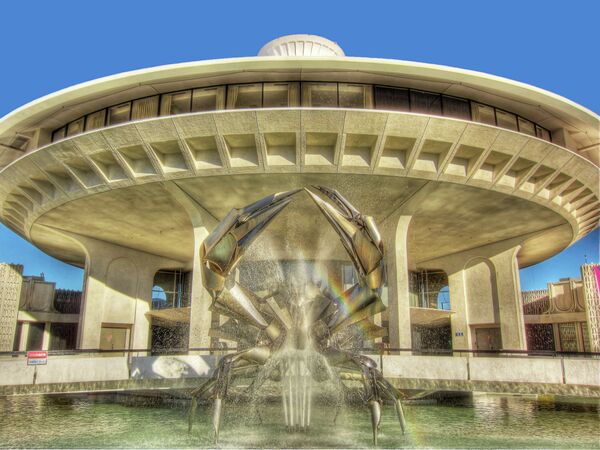
The H.R. MacMillan Space Center, founded in 1968, is an astronomy museum in Vancouver, Canada. It holds live demonstrations on science, exhibitions and shows about astronomy in the Planetarium Star Theater.
Above: The Vancouver Planetarium, Canada.
Above: The Vancouver Planetarium, Canada.
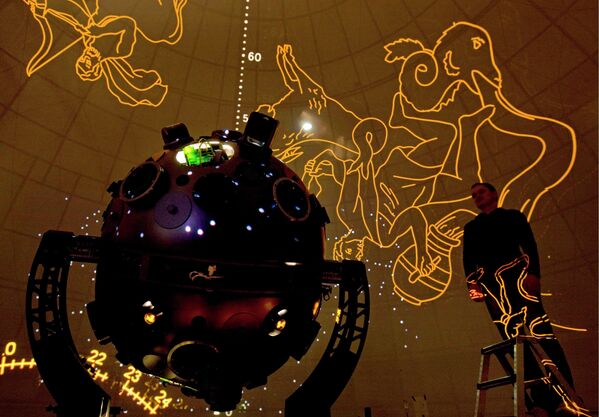
11/11
© AP Photo / Jens Meyer
The aim of International Day of Planetaria is to promote planetariums to the public.
Above: Worker Matthias Herold stands beside the planetarium system STARMASTER ZMP during the presentation in the Carl Zeiss Jena GmbH in Jena, central Germany.
Above: Worker Matthias Herold stands beside the planetarium system STARMASTER ZMP during the presentation in the Carl Zeiss Jena GmbH in Jena, central Germany.

